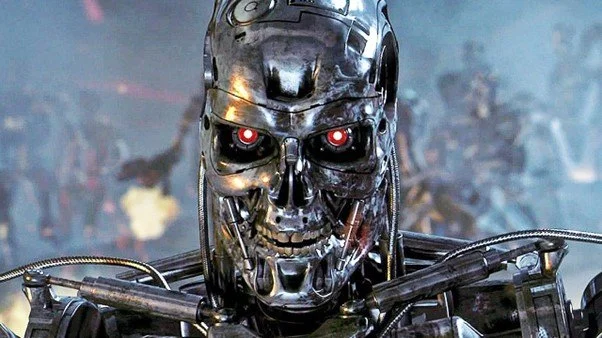How will AI transform Architecture?
By : Ittai Frank - Associate / Digital Innovation Lead
The last few months has seen giant leaps in the development of AI. Like it or not, we are on the cusp of a technological revolution that will change every aspect of our lives. Bill Gates has heralded the advent of the AI language model Chat GPT, as important as that of the internet. Since, Microsoft has invested 10 billion dollars into the inclusion of the chatbot into its BING search engine. The AI arms race has begun with Google quickly responding with its own version called Bard only to lose 100 billion dollars off its market share when its AI language model did not fare as well as expected in its initial presentation.
The inevitable delirium of opinions and hysteria has duly ensued with Architecture being very much part of the debate. It seems everyone has a view on what effect this will have on the profession and if this new tool will make parts of our job redundant.
Below is what Chat GPT has to contribute to the debate:
In the race for AI supremacy, the stakes are high and without a doubt it has the potential to be an incredibly powerful tool. However, it can be argued the value of the information that comes out of AI is only as good as the source information that is allowed in. When this data is limited or controlled, the results can also be a tool for misinformation. We are already seeing this in the way authoritarian governments are controlling the use of media on the internet. What will happen when the search engine itself, the gateway to what is true or false is controlled by a potent AI who follows its orders without criticism?
The recent global discussion has exposed two innate fears. The first apocalyptic and the second of obsoleteness.
The first is the existential question where our creations are superior to us and eventually eliminate us. This theme is as old as science fiction itself and has arguably started with one of the first science fiction stories ever ;Mary Shelly’s Frankenstein. In it, a creation of a sentient being turns against its creator.
Historically, technology has given us the advantage in survival and eventual the taming of nature effectively removing us out of the food chain. As the only predator left being each other, we see in recent conflicts that technology has given the edge. The terrifying next step would pit us against the very technology we created. Science fiction and movies has adopted this fear where the very machines we have built rise against us in an effort to eradicate the human race and assert their dominance.
Terminator 2: Judgment Day (1991), Tri star pictures
The second, more immidiate fear is one where technology replaces us in the work we do rendering us obsolete. Online platforms such as Midjourney and DA LL-E can quickly generate sophisticated rendered images from a simple text prompt while language models such as chatGBT can create poetry, essays and written reports so convincingly it has left the world in shock. This is not mindless work but complex tasks that produce legitimate results in seconds where a skilled professional would take hours, sometime days.
This will undoubtedly raise many legitimate questions about the role of AI in a workflow and how best to utilise it without losing any of the positives from a conventional design process. At astudio we have experimented with Midjourney to assist in the concept design of a football stadium for a client. Although it did not have any capacity for critical thinking, it did give a legitimate outlet to explore ideas in the design that would previously be too time consuming to pursue. It that sense it added to the creative process rather than detract from it.
While many would call this the death of creativity others say this is another technological iteration like the one introduced by CAD and BIM that will provide us with more efficient, innovative tools to harness our design skills in a more focused manner. Like spell checkers, AI can potentially scan through plans to find where certain planning regulations are not being met, they can assist in generating text needed for lengthy reports and they can take over some administrative tasks. All this to free up time for us to focus on the design itself.
However, one big change is that whereby pervious tools had simply made our workflow more efficient and streamlined, AI is the first technology that can arguably think for itself and make decisions. For the first time, the technology we create asks deeper questions and forces us to confront what it is to be truly human. Where is it that we draw the line between people and machines?
As the power of AI increases and it can mimic more of the traits we call human, what would our role in the future be?
Ultimately, although it can mirror what a human might do, in essence it is a language model that draws up from a vast resource of data and uses probability to generate the best answer. The answers it gives are the generic rather than the unique and surprising. The ability to question the status quo and initiate change is something innately human and can never be replaced by a machine whose sole purpose is to follow instructions. AI needs a prompt and lacks vision and the drive to realise an idea by itself. It cannot come up with innovative ideas but strengthen the ones that have been prescribed to it by us. It would therefore change our role from implementer of tasks to curator of ideas.
Whereas the computing world is organised, and object based, reality is messy and to navigate through it one must negotiate many often-conflicting directions. In this sense, human consciousness has traits that that have been and always will be what makes us living beings.





